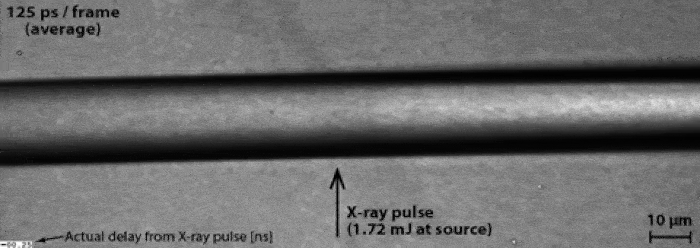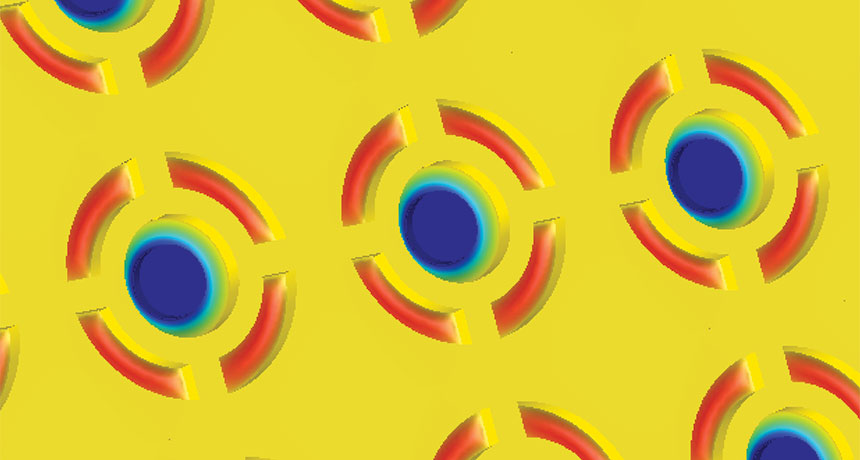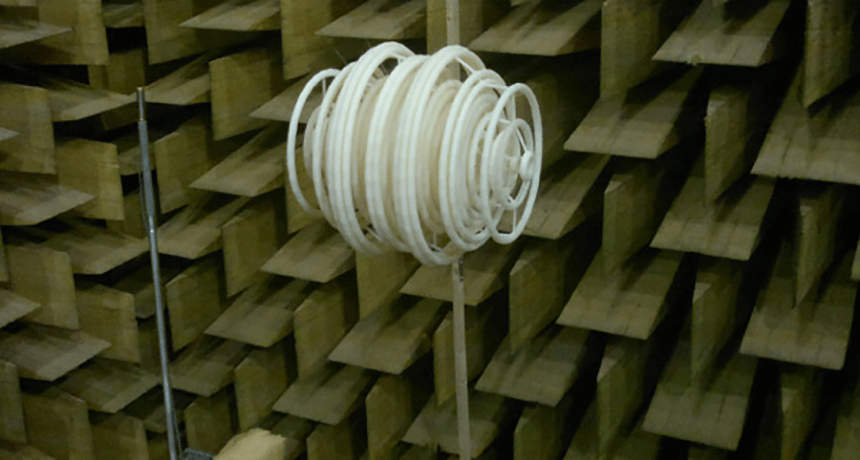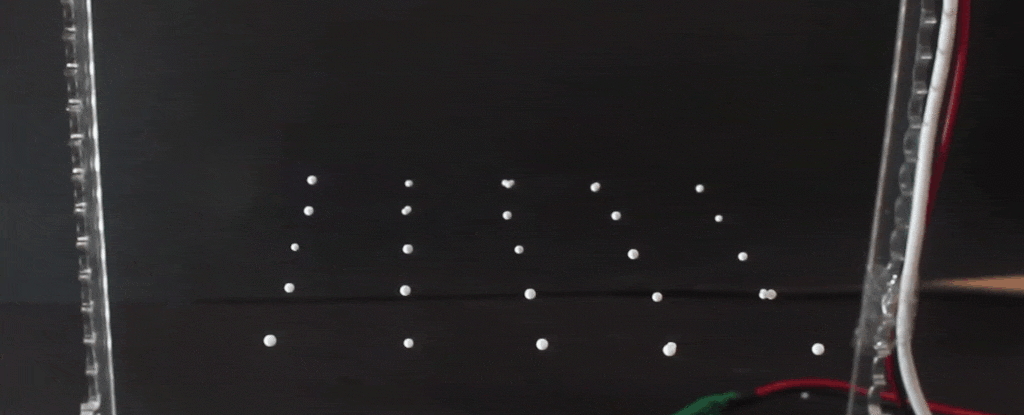 Want to get your students revved up over the science of sound? This area of science has so much to explore, with more advances every day. Enjoy this collection of news related to recent discoveries about sound and waves.
Want to get your students revved up over the science of sound? This area of science has so much to explore, with more advances every day. Enjoy this collection of news related to recent discoveries about sound and waves.
If you find an interesting article on this subject, please share it with us in the comments below!
Hearing Sounds Underwater
Researchers have created a device that frees underwater sound to move through the water’s surface and into the air. This Science News for Students article, “New Device Makes Water Give Up its Sounds,” is well worth sharing.
And Speaking of Sounds Underwater…
Scientists have created the loudest possible sound underwater, according to this May 2019 article. It was so extremely loud, in fact, the team says it was right at the limit of being the loudest possible sound that could ever be produced in water, theoretically speaking. “It is just below the threshold where [the sound] would boil the water in a single wave oscillation,” according to physicist Claudiu Stan, now with Rutgers University Newark.

Shockwaves travelling away from microbubble-filled regions in the microjet. (Claudiu Stan/Rutgers University Newark)
A Real Life Invisibility Cloak
Engineers have worked on cloaking devices for decades. But this little device does something never before achieved: it hides a solid object from sound waves. Click here to learn more!
Sound Wave Trick Makes Particles Do What??
You may already have seen videos of sound waves causing water droplets to levitate. (If not, take a look here – it’s amazing!) The term for this is acoustic levitation—it means using the pressure generated by sound waves to levitate a single particle.
This is more than just a cool trick. Recently, scientists have been using levitating water droplets to detect heavy metals and other contaminants in drinking water. This new ability could help prevent future water contamination problems such as the lead crisis in Flint Michigan.
However, recently scientists were able to use sound waves to levitate particles in different directions at once! Now that’s amazing. Click here for a thrilling read, complete with video of the device whose nickname is “holographic acoustic tweezers.”
Making Bubbles with Sound Waves
Yes, you read that correctly. Now we can make bubbles with nothing but sound waves. Check it out here.
Hear that? It’s the Sound of Printing
And while we’re at it, why not use sound waves for printing? This Smithsonian Magazine article explores acoustophoretic printing, in which sound waves generate a controllable force that pulls each droplet off the nozzle when it reaches a specific size, and ejects it toward the printing target.

By controlling the target position, the ejected droplets are carefully deposited and patterned anywhere. In this example, honey drops are patterned on a glass substrate. – Smithsonian Magazine
Dousing Flames with Sound Waves
Two engineering students devised a way to use sound to put out fires. Fascinating! Since sound waves are also pressure waves, they have the ability to displace oxygen away from a fire. Read more here.

Two engineering students developed a fire extinguisher that works with sound waves. Photo by Evan Cantwell/George Mason University





